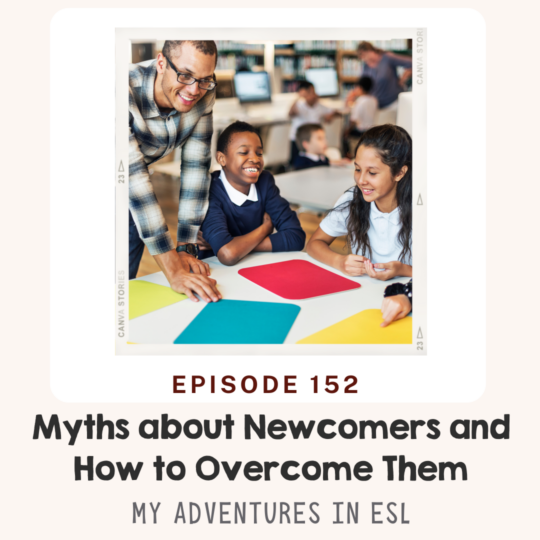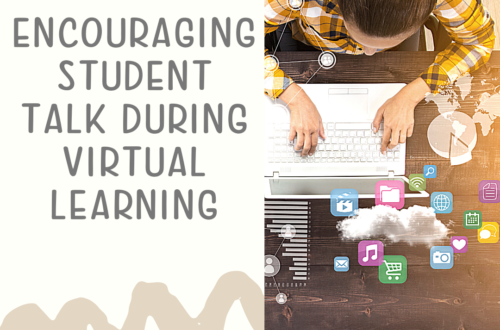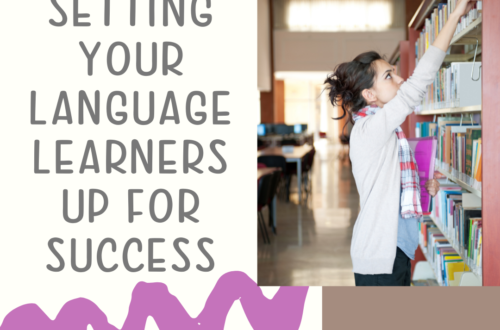
EP 152 Breaking Myths About Newcomer Students: Insights for Educators
Welcome, educators! Before we dive into today’s topic, I want to share some incredible resources available to support your teaching journey. Visit myadventuresinesl.com/store to explore and download engaging tools tailored to your classroom needs.
Thank you for the incredible work you do every single day. Your role as an educator is so much more than teaching language—you’re building bridges, fostering understanding, and empowering students to find their voices in a new world. Helping students navigate grammar, vocabulary, cultural nuances, and the confidence they need to succeed is transformative. Your dedication changes lives, one lesson, one conversation, and one smile at a time. Remember: what you’re doing matters more than you know.
Today, we’re addressing two major misconceptions about working with newcomer students and how to overcome them. Let’s break these myths together to create a more inclusive and supportive learning environment.
Myth 1: Students Must Acquire Oral Language Before Literacy
One of the most common misconceptions is the belief that students must master oral English before they can engage in literacy activities. You’ve probably heard statements like, “They need to speak English before joining the class novel study.”
The Truth:
Language learners do not need to acquire oral language before engaging with literacy. In fact, literacy-rich classrooms are essential for helping students develop the academic language they need to succeed.
How to Support Students:
- Teach Text Structures: Introduce students to different text structures and explain how academic language is used within them.
- Scaffold Lessons: Break down complex tasks into manageable steps, providing supports like graphic organizers or visual aids.
- Encourage Participation: Create opportunities for students to engage in academic activities, even if they’re still building their oral language skills. This builds confidence and competence simultaneously.
Myth 2: You Don’t Need Special Training to Work with Language Learners
Another common misconception is that teaching English as a second language is simply a matter of patience and kindness. While these qualities are essential, they’re not enough on their own.
The Truth:
Teaching English as a second language is different from teaching native speakers. Newcomer ESL students are not only learning a new language but also adapting to a new culture—often while navigating the challenges of displacement or trauma. Without proper training, educators may unintentionally:
- Simplify content in ways that hinder learning.
- Underestimate students’ academic potential.
- Exclude students from meaningful classroom interactions due to uncertainty about how to include them.
How to Grow Your Skills:
- Pursue Professional Development: Attend workshops, take online courses, or pursue certifications like TESOL or ESL endorsements.
- Learn from Peers: Seek mentorship from experienced ESL teachers to gain practical strategies.
- Embrace Resources: Explore tools and materials specifically designed for language learners to enhance your teaching practice.
Your commitment to breaking these myths and supporting newcomer students is invaluable. By fostering literacy-rich environments and continually growing your skills, you’re helping students thrive academically and personally. If you found value in these insights, visit myadventuresinesl.com/store to access detailed lesson plans and activities—including two full weeks of ready-to-use materials.
Thank you for being a beacon of hope and guidance for your students. Keep shining, and remember: your work matters more than you know!




